Akufo-Addo to open Sunyani Airport to traffic today
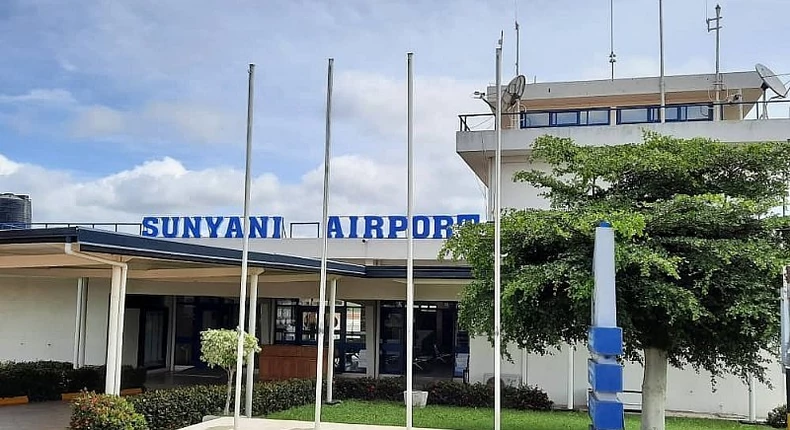
The renovated Sunyani Airport would be inaugurated by President Nana Akufo-Addo today, August 3, 2022.
The opening of the Sunyani Airport will now ease the difficulties have to go through to get to Sunyani via air. It also means commercial flights can now ply that route.
The runway of the newly-rehabilitated Sunyani Airport has been extended from 1,280 meters to 1,400 meters.
The extension of the runway to 1,400 meters now makes it possible for the airport to accommodate medium-sized jet planes.
This means, that once the airport is officially opened for scheduled flights, there will be enough capacity as some local airline companies can now operate their jet planes to the airport.
According to the government, the airport, located in the middle belt of Ghana, has also seen the construction of an apron, construction of internal roads and renovation of terminal building. The progress of work to date is about 97%.
Brief Background of Sunyani Airport
The Sunyani Airport was originally constructed as an Airstrip and later upgraded into an airport in 1969. The airport currently has a total runway length of 1,520 meters made up of 1,400 meters paved and 60 meters unpaved Runway End Safety Area (RESA) at both ends.
It had the capacity to handle and process 100 passengers per hour. Since the commencement of commercial operations, the airport has not had any major renovation works, resulting in the poor state of the airport including cracks and potholes on the runway.
In 2015, the Ghana Airports Company Limited (GACL) and Ghana Civil Aviation Authority (GCAA) shut down the airport as a precautionary measure to forestall
any disaster. Prior to shutting it down, it was serviced by now-defunct domestic airline operator, Starbow.
The rehabilitation and expansion of the airport were carried out in phases. A contract was awarded in 2018 for the rehabilitation of the existing runway, minimal renovation of the terminal building, construction of some airport internal roads and other auxiliary facilities.
Source: Pulse Ghana

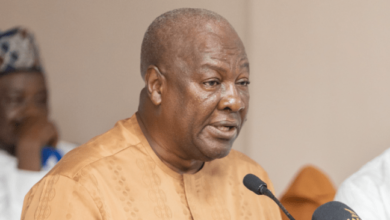
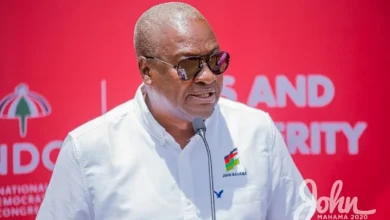
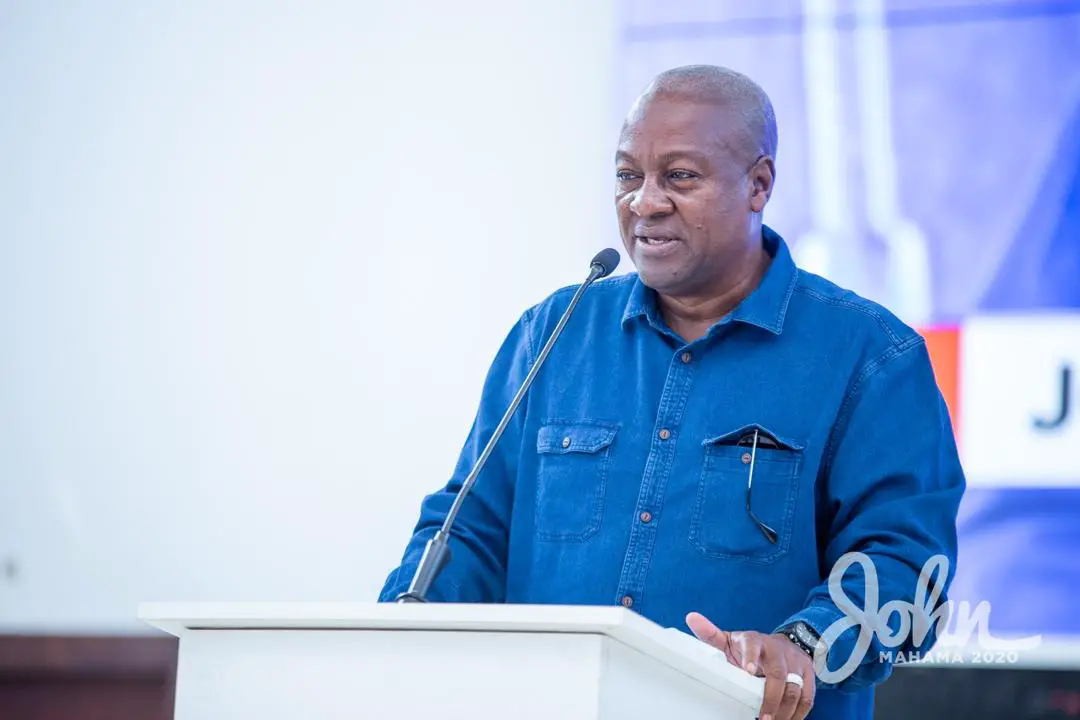

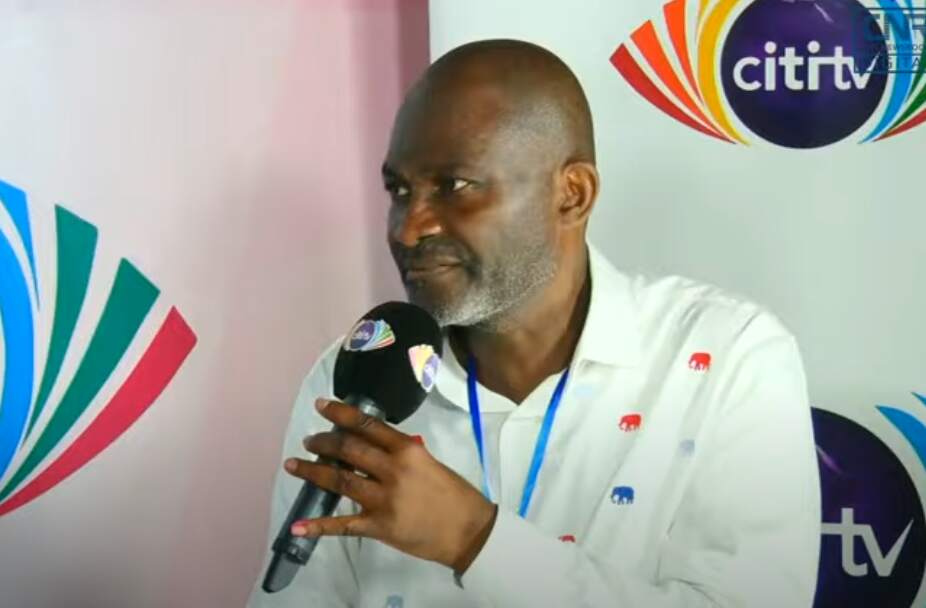



I don’t think the title of your article matches the content lol. Just kidding, mainly because I had some doubts after reading the article.